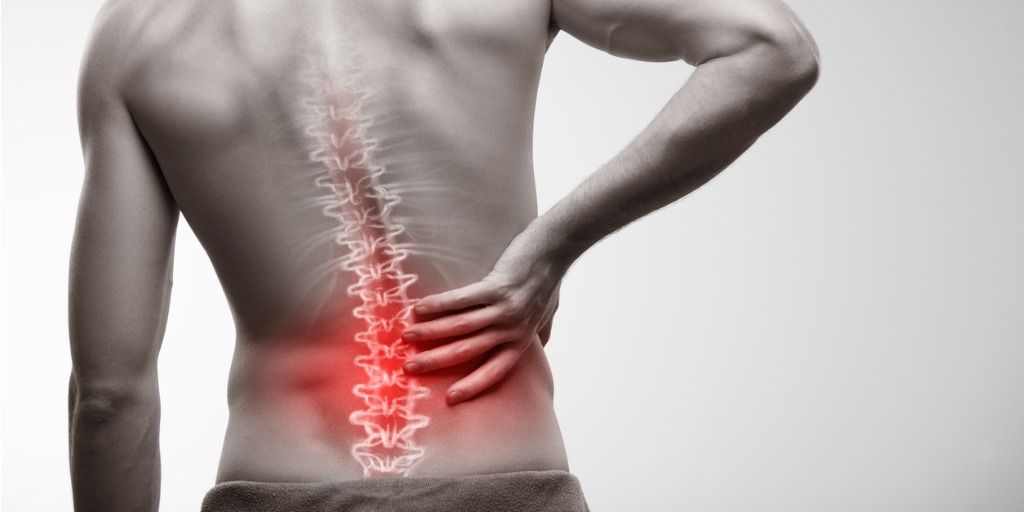Depression, Illness Perceptions and Exercise

Many people experience a decline in their mental health following an injury. Surveys have shown that approximately 20 to 50 percent of people with musculoskeletal conditions show signs of elevated depressive symptoms. Depression has been identified as a risk factor for poor recovery outcomes, longer claim times and increased work absence after a work-related musculoskeletal disorder.
We tend to develop an idea about our injury to make sense of it and adapt to the difficulties that it causes, known as an illness perception. Illness perceptions are emotional and cognitive representations that you have around your injury and are not only based on symptoms, but also the injury-related consequences, past experiences, and related anxiety. Studies have shown that negative illness perceptions and the injured worker expecting a slower recovery is associated with increased depressive symptoms, reduced adherence to treatments, poorer treatment outcomes and longer claim times. It is possible that recovery expectancies are the vehicle by which depression influences return to work results in those with musculoskeletal injuries. Individuals who were 100 percent certain that they would return to work within 6-months have been found to be 4 x more likely to return to work during that time. Therefore, positive illness perceptions are important and result in improved health outcomes, quality of life, function, and emotional status.
Exercise and physical activity can provide numerous benefits for not only musculoskeletal injuries, but for depressive symptoms as well. For individuals who participate in regular physical activity, even at lower levels, they are at decreased risk of experiencing symptoms of depression and are less likely to experience future depressive episodes. Further, regular exercise can assist in weight management, improving diabetes control and decrease the impact of cardiovascular disease, which often occurs in those with depression.
Treating professionals should talk to their clients about an exercise regime that suits their personal preferences and circumstances. An Accredited Exercise Physiologist has specialized training in the construction and delivery of exercise and lifestyle interventions for individuals with work and non-work related chronic and complex illnesses, including depression. Illness perceptions often present as a barrier to commencing and maintaining an exercise routine. Thus, it is vital that the exercise professional has an in-depth understanding of the client’s condition and comorbidities to best assist in the individuals exercise and recovery journey.
Tiffany Mullins B.Sc, M.Clin.Ex.Phys
Accredited Exercise Physiologist
References
Berk, M., Sarris, J., Coulson, C., & Jacka, F. (2013). Lifestyle management of unipolar depression. Acta Psychiatrica Scandinavica , 127 , 38-54. https://doi.org/10.1111/acps.12124
Carriere, J., Thibault, P., & Sullivan, M. (2014). The Mediating Role of Recovery Expectancies on the Relation Between Depression and Return-to-Work. Journal Of Occupational Rehabilitation , 25 (2), 348-356. https://doi.org/10.1007/s10926-014-9543-4
Exercise is Medicine. (2014). Depression and exercise [Factsheet]. Exercise is Medicine Australia 2014. Retrieved 17 May 2021, from www.exerciseismedicine.org.au.
Mammen, G., & Faulkner, G. (2013). Physical Activity and the Prevention of Depression. American Journal Of Preventive Medicine , 45 (5), 649-657. https://doi.org/10.1016/j.amepre.2013.08.001
Stanton, R., Happell, B., & Reaburn, P. (2014). The mental health benefits of regular physical activity, and its role in preventing future depressive illness. Nursing: Research And Reviews , 45. https://doi.org/10.2147/nrr.s41956
Ünal, Ö. (2019). The relationship of illness perceptions with demographic features, pain severity, functional capacity, disability, depression, and quality of life in patients with chronic low back pain. Turkish Journal Of Physical Medicine And Rehabilitation , 65 (4), 301-308. https://doi.org/10.5606/tftrd.2019.3248




